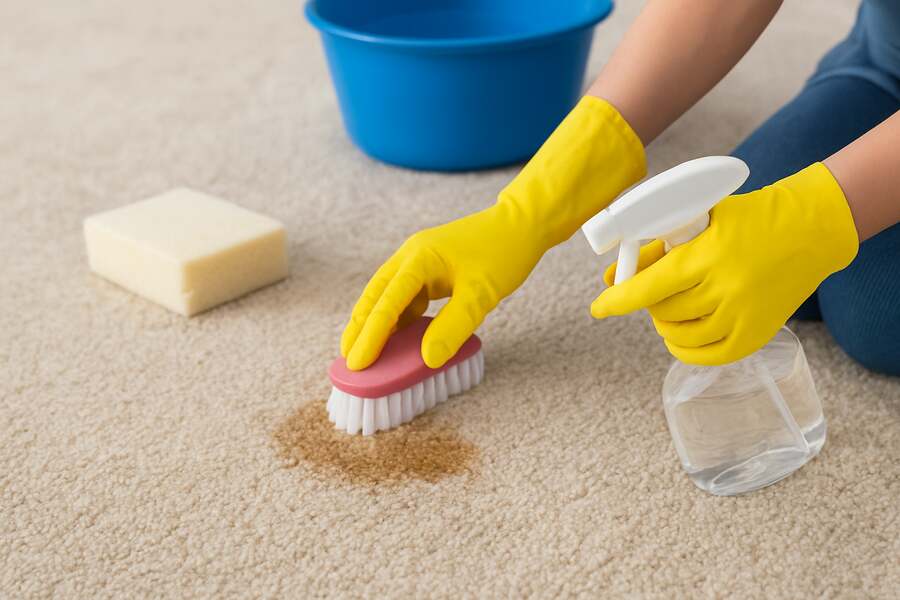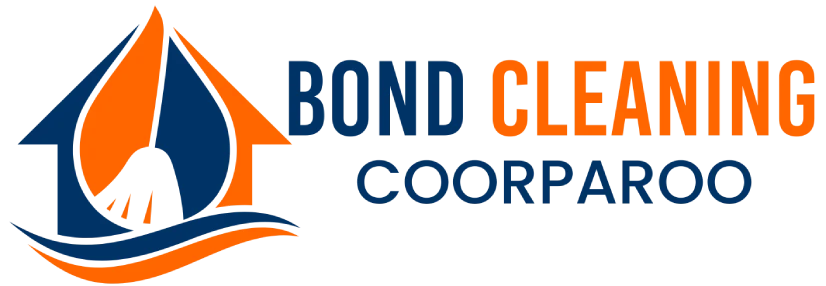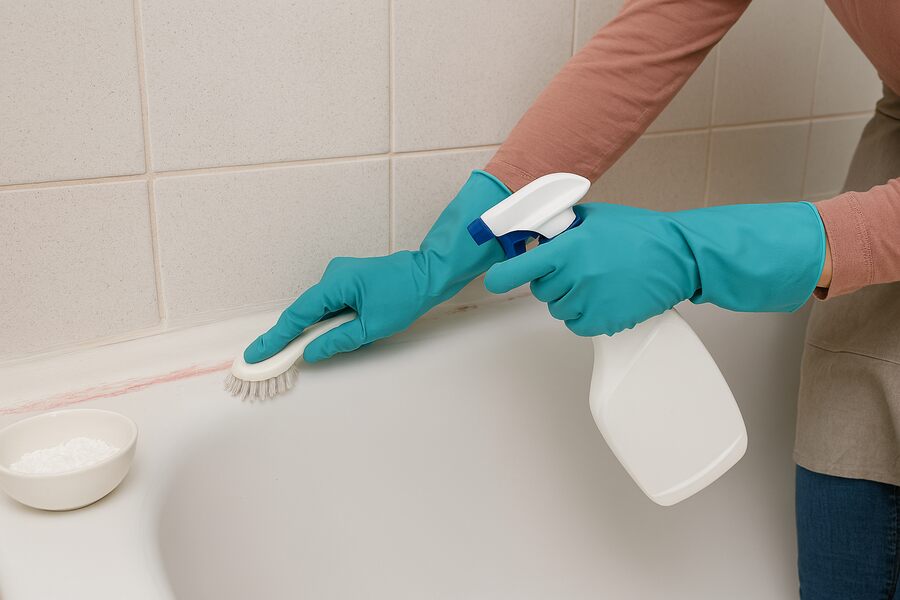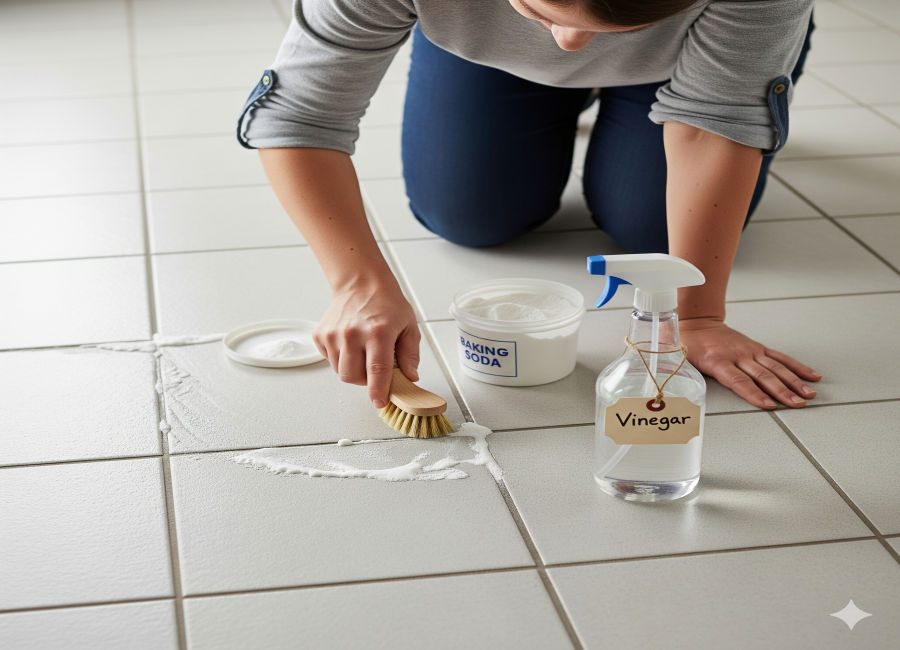A Guide to Remove Stubborn Stains Before Final Inspection

Have you ever asked yourself, How will you remove them before you move out? about those hard-to-clean, stubborn stains on your walls, carpets or bathroom tiles? One cannot tell when the hard-to-clean stain is to appear, and it might seem that nothing can remove it. Coffee spills on the floor, grease in the kitchen, scuff marks on the walls, and so on. Such stains that are hard to obtain may complicate the process of movement even more.
The fact is that unless you address them correctly, your landlord may withhold some of your bond. However, there is no need to panic; there are ways to remove stubborn stains before you leave. Through proper techniques, equipment and some effort, your house can be tidy outside as well.
1. Why Stubborn Stains Matter a Lot?
The property managers and landlords conduct thorough inspections when you move out, according to bond cleaning Coorparoo. Hard-to-remove stains on the walls, carpets, or bathroom fittings may create an impression that the house has not been well taken care of. Although all the other bits are in order, a single or two distinct spots can earn you a section of connection. When you clean up the hard-to-clean stains before the inspection, you not only end up making the house look better but also save your money.
2. Learning the Types of Stubborn Stains
Stains do not all occur similarly, and this is why some of them must be treated differently. Kitchens tend to be the source of grease stains; carpets tend to be victims of coffee or red wine. Hard water marks are found on the bathrooms, and crayon scuff or ink usually appears on the walls. Knowing these various obstinate stains, you can use the proper means instead of spending time using the one-size-fits-all method.
3. Collecting the Appropriate Supplies
You must have the right cleaning materials in place. Baking soda, white vinegar, hydrogen peroxide, dish soap, micro-fibre cloths, soft brushes and magic erasers are mandatory in winning the unwinnable stains. A good carpet cleaner or a stain also works in case you are handling carpets. Preparation refers to the fact that you have something to apply to every difficult stain to ensure that you do not make it complicated.
4. Eliminating Stains on Walls
The walls are one of the most obvious places of inspection, and these stubborn stains can be quite conspicuous. Start by cleaning with a light cleaning agent, e.g., mild dish soap and water, with a microfiber cloth. A miracle when it comes to harder-to-clean stains, like a scuff mark or crayon, is a magic eraser. There is also warm vinegar that is soaked in water, which can be used to loosen tough spots. All you need to do is not rub too hard; the paint may be broken.
5. Removing Stains on Carpets
Carpets are also known to harbour some of the hardest of marks. In case of those hard-to-clean red wine, coffee, or juice stains, don’t rub the stain, blot it. Place the dish soap in warm water, and place it on the stain, followed by blotting. Baking soda applied and then vinegar applied will also be helpful in raising stubborn stains that are stubborn besides neutralising smells. In case the stain will not fade, seek the services of a professional carpet cleaner so that your carpet can appear clean before relocating.
6. Removing Hard-to-Clean Stains in the Kitchen
Grease and oil are particularly likely to occur in kitchens and may be among the most difficult stains to get out. A good way is to make a paste of baking soda and a little water, and to rub it on the stain and then scrub it off. In case of stainless steel appliances, vinegar combined with water leaves no mark. Treatments can be repeated for the stubborn stains that have accumulated over the years, but regularity is rewarded.
7. Removing Stains on the Bathroom Wall
Hard water spots, soap scum and mildew are likely to occur in bathrooms. To remove such stubborn stains, spray vinegar on tiles or glass and allow it to dry in a couple of minutes before scrubbing. Hydrogen peroxide is wonderful in bleaching grout and removing stains that are difficult to get out. Vinegar with baking soda works in sinks and toilets, and dissolves the mineral deposits and polishes them.
8. How to deal with Stubborn Stains on Furniture and Upholstery
Stains on upholstery can be difficult if your rental has furniture. The next trick involves using blotting rather than rubbing when you are using stubborn stains on cloth to prevent the spread of the stain. Apply a vinegar and water solution or a little hydrogen peroxide on the spot. It is always advisable to test in a concealed place then applying it to the entire stain since some fabrics are delicate. Even tough spots on upholstery may vanish with patience without injury.
9. When Professionals Become Necessary
Regardless of the efforts that you have made, there are some stains that have taken root, and they are not going anywhere. Professional cleaners would therefore help you to save money and stress in such incidents. They apply special cleaning gear and cleaning products intended to deal with challenging stains, and commonly do so successfully, where regular cleaning methods fail. Professional bond cleaning can be perceived as an additional expense, which can work wonders between losing and restoring your full bond.
Conclusion
Stains that are hard to get out at first can be intimidating, but with the proper tactic, they can be handled. Starting with walls and carpets, to kitchens and bathrooms, it is important to address these marks prior to the inspection of your landlord to ensure your bond. Keep in mind that even stubborn stains do not necessarily have to be a nightmare since you can remove them either yourself or employ a professional. With a bit of effort, now you can leave your house clean and leave without a care.


